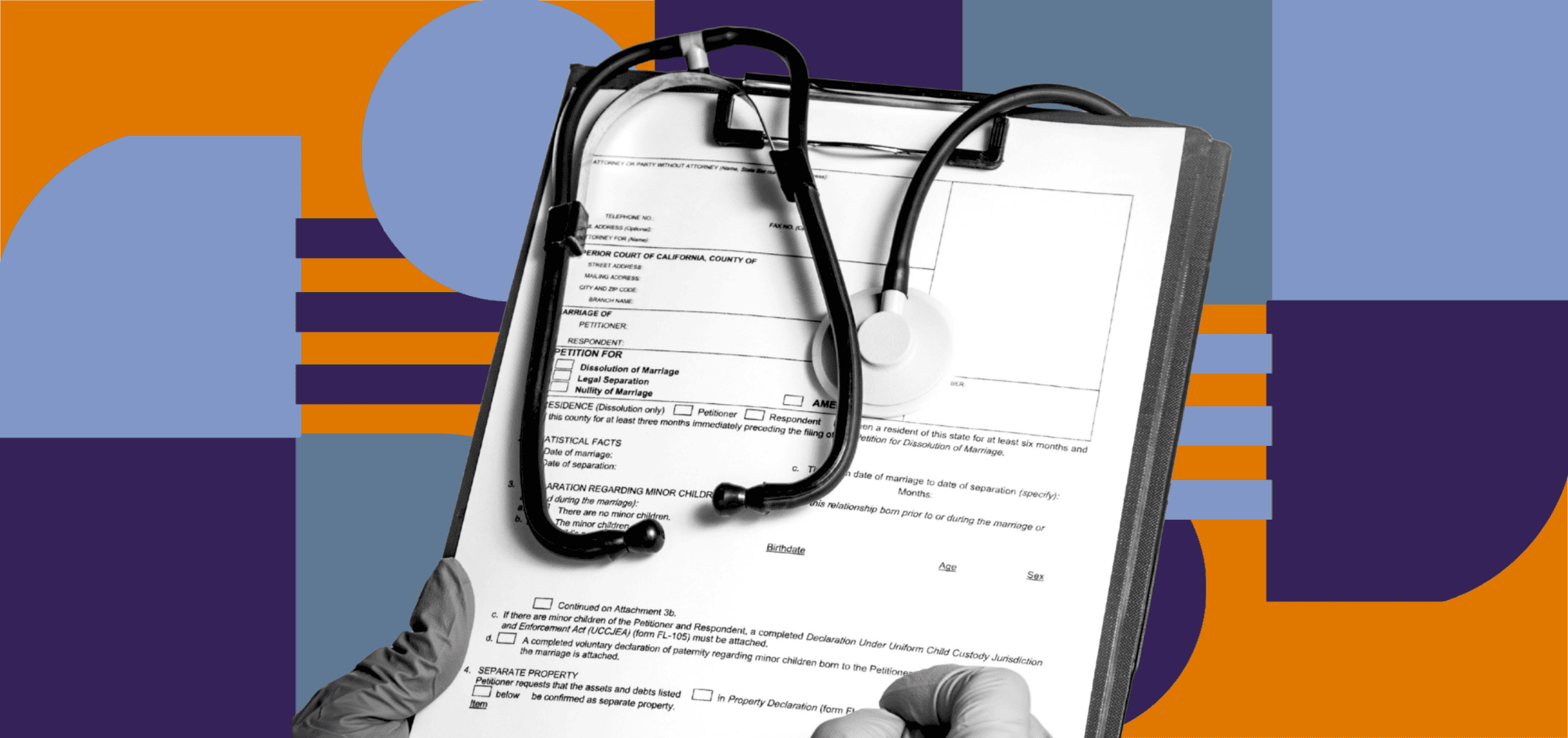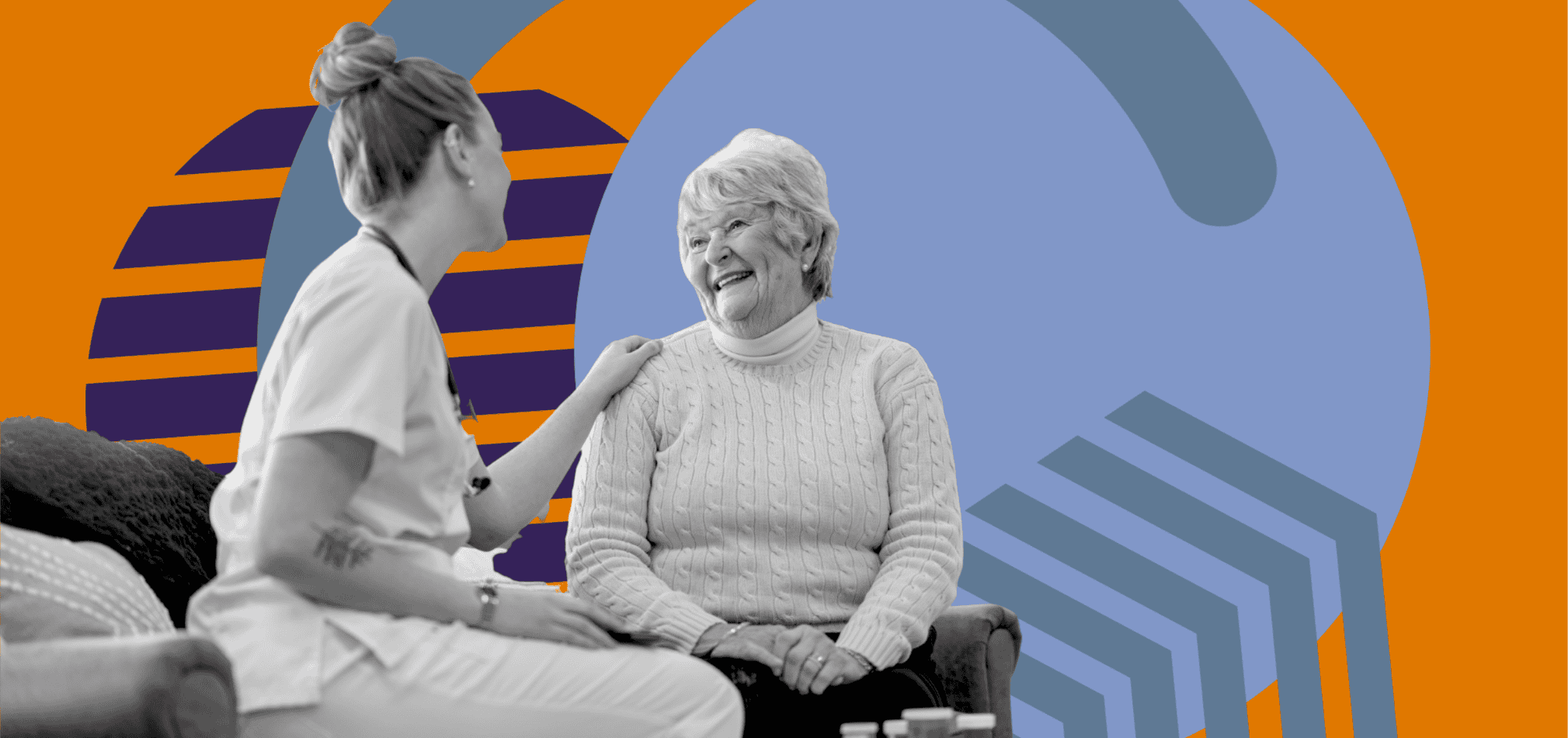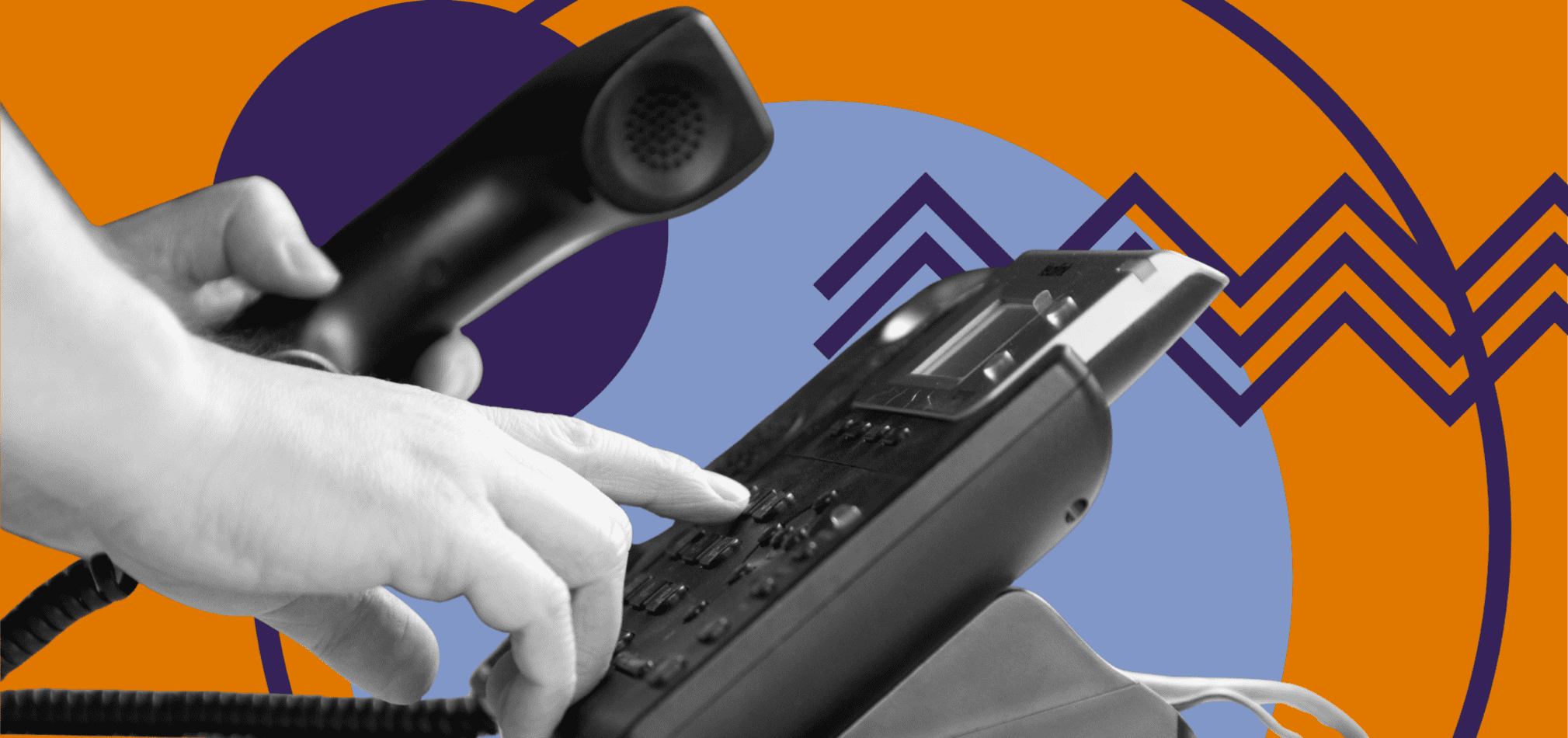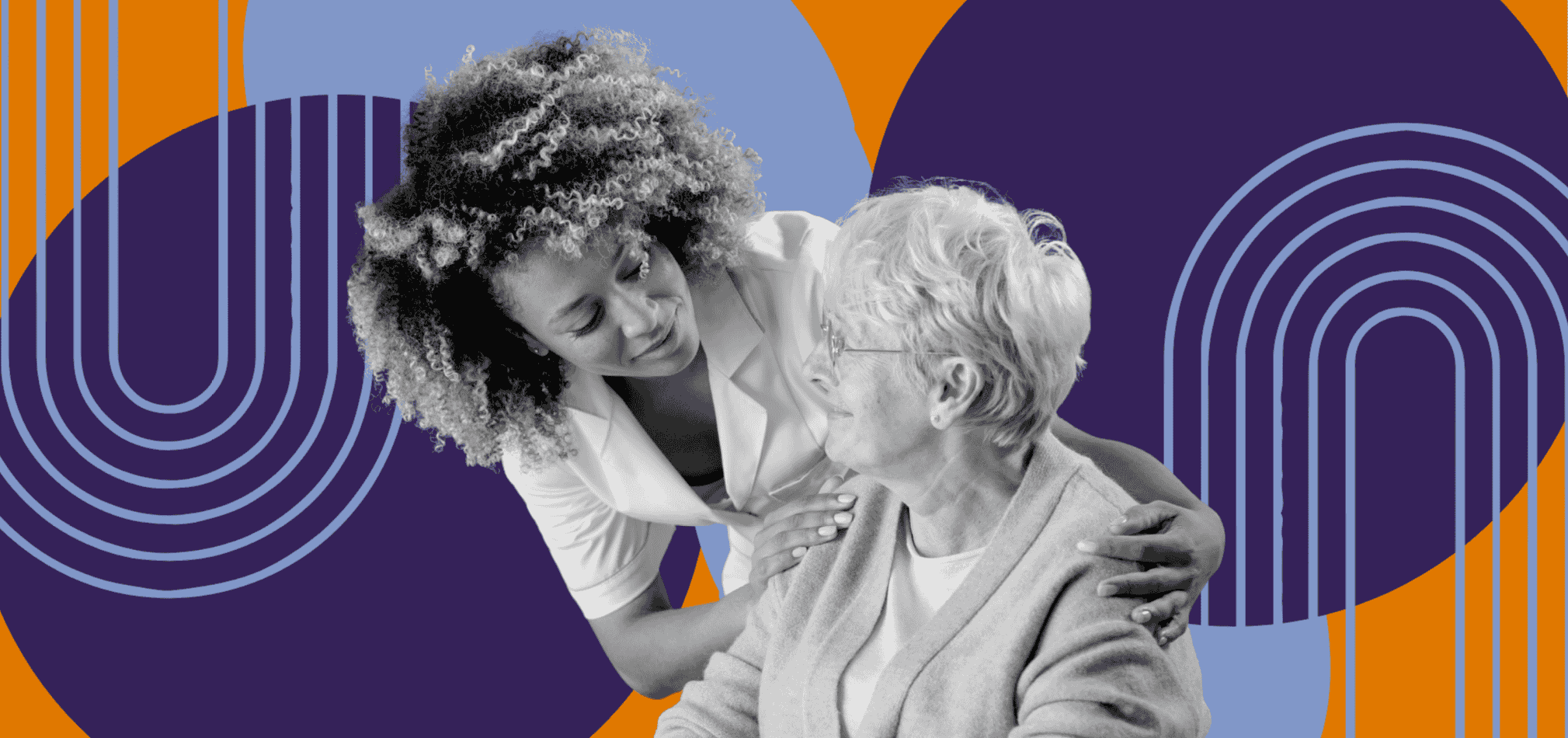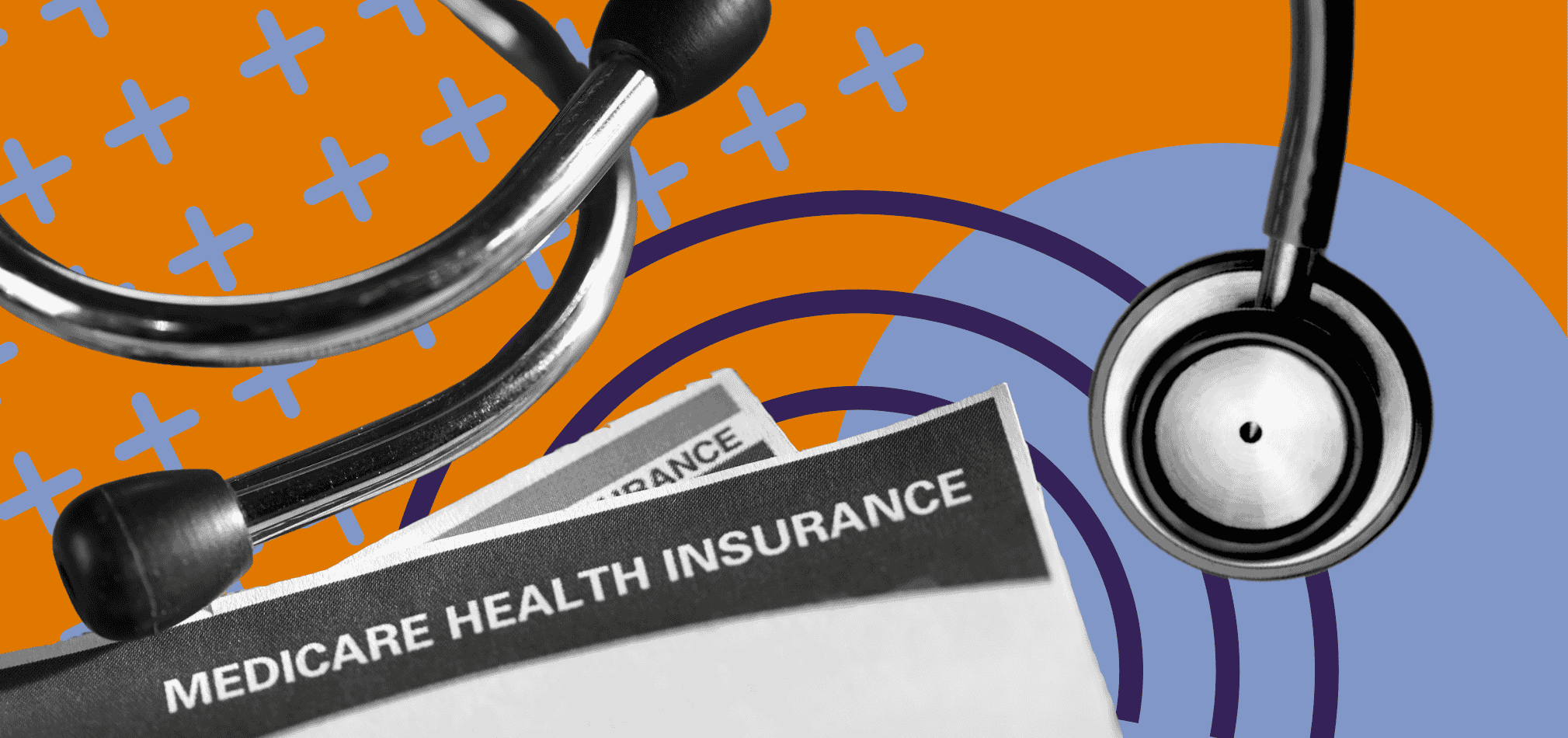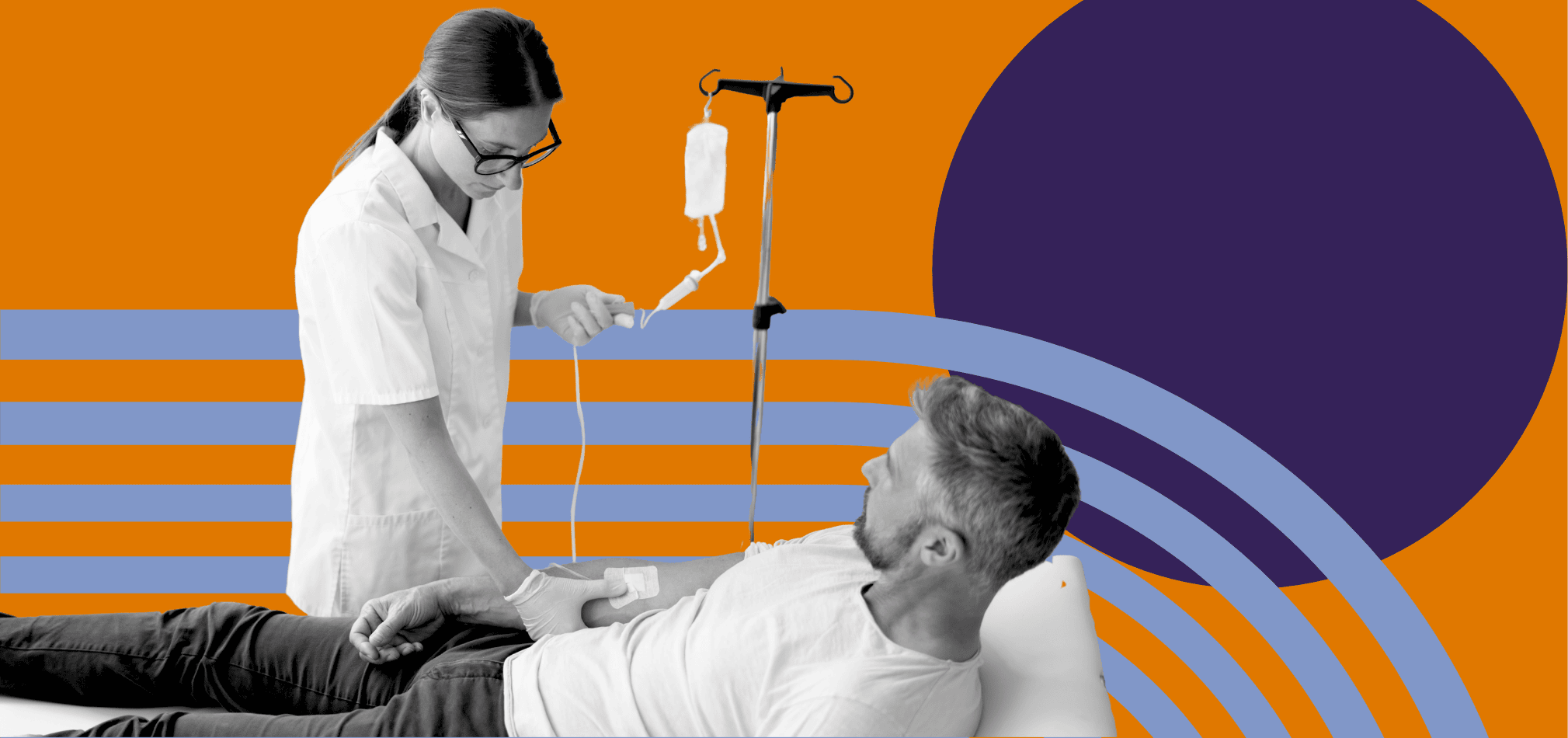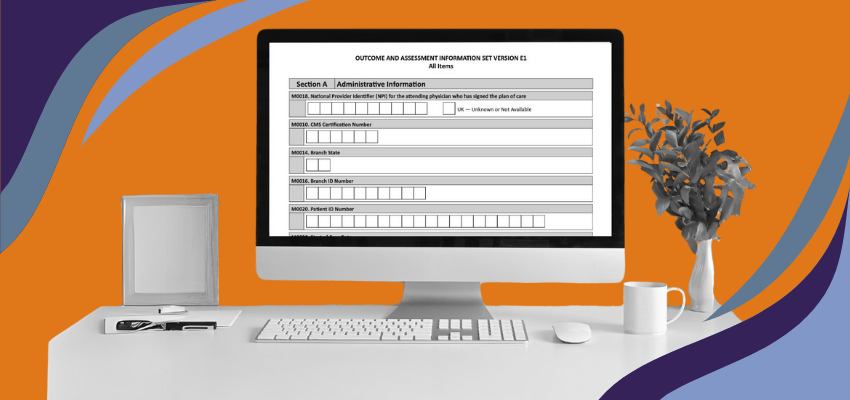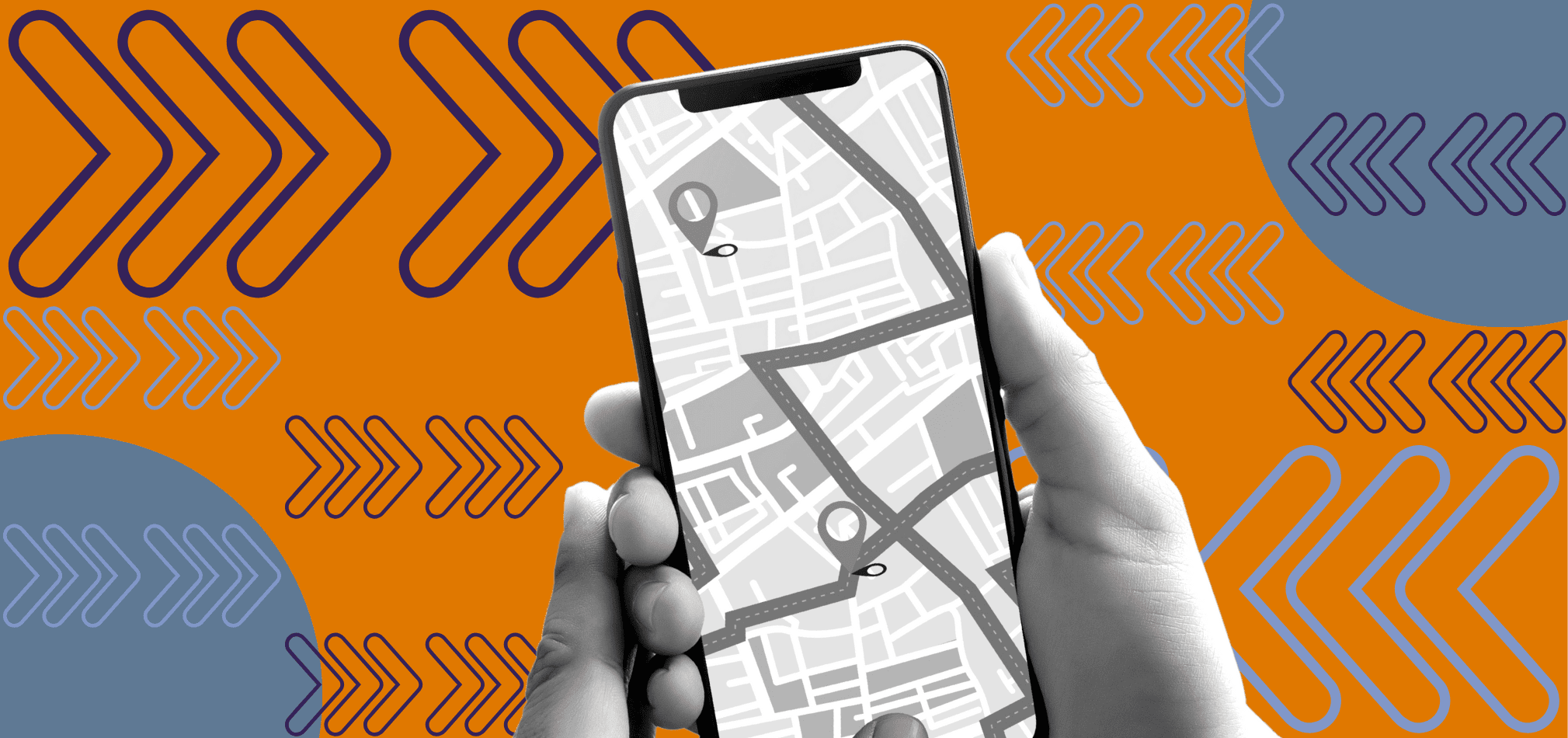How to Stay Compliant with Supervision Policies in Home Health & Hospice Care
March 24th, 2025
7 min read
By Abigail Karl

If you'd like to listen to this article instead, our co-founder Mariam Treystman breaks it all down in our podcast below.
Running a home health or hospice agency means constantly balancing compliance, staff performance, and patient care. When it comes to supervision policies, many agencies struggle with:
- Tracking supervisory visits to ensure they meet state and Medicare requirements
- Ensuring proper documentation to avoid compliance violations during audits
- Providing consistent oversight for caregivers who work independently in patient homes
If your agency lacks a structured supervision process, you could face financial penalties, legal action, or even the loss of Medicare certification.
*This article was written in consultation with Mariam Treystman.
At The Home Health Consultant, we’ve worked with numerous home health and hospice agencies to strengthen their supervision policies, ensuring they meet regulatory requirements while also improving caregiver support and patient outcomes.
This guide will provide a clear roadmap to help you:
- Understand the role of supervision in home health and hospice care
- Navigate compliance requirements and avoid costly penalties
- Implement structured policies to ensure your team meets supervision guidelines
- Use proactive strategies to make compliance easier and more effective
By the end of this article, you’ll have a clear, actionable list to maintain compliance, improve staff supervision, and safeguard your agency’s reputation.
The Importance of Supervision Policies in Home Health and Hospice
Unlike care provided in hospitals or long-term care facilities, home health and hospice services take place in patients’ homes. Because of this, supervision presents unique challenges. Without the constant presence of on-site administrators, agencies need structured policies in place to monitor care delivery and support their staff.
Strong supervision policies are critical for:
- Ensuring regulatory compliance: Home health and hospice agencies must meet strict Medicare and state requirements regarding supervision intervals and documentation.
- Maintaining patient safety: In-home care providers must be properly trained to assess risks in a home setting, where there are no immediate backup medical staff.
- Preventing medical errors: Without direct on-site oversight, clear protocols must be in place to catch mistakes before they lead to patient harm.
- Supporting caregivers: Clinicians, aides, and therapists working in patients’ homes need regular check-ins, training, and mentorship to ensure they are providing care effectively.
- Reducing liability risks: Failure to follow supervision policies can result in compliance violations, legal action, and, in extreme cases, loss of Medicare certification.
Supervising clinicians play an incredibly important role in ensuring quality care. Their responsibilities include:
- reviewing patient care plans
- conducting home visits
- ensuring accurate documentation
- mentoring staff to improve care quality
Strong supervision policies are not just about compliance. They're essential for ensuring that patients receive safe, high-quality care in their homes.
What Kinds of Staff Supervision Are There in Home Health & Hospice Care?
Again, home-based care lives in its own world when it comes to supervision policies. Supervision can occur in multiple forms, depending on the discipline of care and reason for supervision.
- In-Person Visits: The supervising clinician assesses care delivery in the patient’s home. This can be done with or without the staff member being supervised present. These visits are also opportunities to verify home safety (e.g., ensuring no fall hazards like wires or rugs).
- Virtual Check-Ins: Used to discuss care progress and review documentation. Virtual check-ins can involve both chart review and patient feedback calls to assess care quality.
- Chart Reviews: Ensures documentation is accurate, complete, and compliant. Chart reviews should explicitly ensure that what was done aligns with what was documented. They should also confirm the clinician follows agency policy and the care plan. Routine chart reviews are especially important when it comes to practicing survey-readiness.
- Joint Visits: The supervisor observes care in real time, offering feedback and guidance. This is critical to observe the clinician’s adherence to laws, agency policies and clinical delivery standards.
A combination of these methods ensures both regulatory compliance and effective patient care. However agencies should understand the specific type of supervision appropriate for the rule. You can’t just chart review and call it a supervisory visit.
Many required supervision activities can occur at other required visits (like initial evaluations and re-evaluations). This is acceptable as long as the evaluating clinician conducts and documents supervisory activities as part of that visit.
What Are the Staff Supervision Requirements for Home Health Agencies?

When it comes to staying on top of supervision regulations, it’s essential to be familiar with your agency’s policies and procedures. While federal regulations set certain standards, surveyors also assess whether your agency follows its own policies and procedures. Ensure that your internal guidelines are up-to-date, comprehensive, and align with current regulations.
Skilled Nursing Supervision in HHAs
- Who Supervises: Registered Nurses (RNs) oversee licensed practical nurses and licensed vocational nurses (LPNs/LVNs).
- How Often Does Supervision Occur: Direct supervisory visits must occur every 30 to 60 days, depending on agency policy.
- Method of Supervision: Typically RN’s will supervise at recertification and discharge visits, which occur within 60 days. This is done as an in-person visit without the LVN onsite.
Therapy Assistant Supervision in HHAs
- Who Supervises: Therapy assistants must be supervised by a skilled therapist of the same therapy type.
- Licensed Physical Therapists (PTs) oversee Physical Therapist Assistants (PTAs)
- Occupational Therapists (OTs) oversee Certified Occupational Therapist Assistants (COTAs)
- Speech Language Pathologists (SPLs) oversee SPL assistants.
- How Often Does Supervision Occur: A 30-day reassessment is required for all therapy visits. Further, supervising therapists co-sign all assistant therapy documentation.
- Method of Supervision: The 30-day reassessment can also be an in-person supervisory visit. The co-signature on notes is a chart review based supervision.
*Certified Home Health Aide Supervision in HHAs
- Who Supervises: RNs (or PTs/OTs in therapy-only cases).
- How Often Does Supervision Occur: A supervisor must visit at least every 14 days when skilled services are provided. The aide does not have to be present during the visit.
- *Where Must Supervision Occur: CHHA supervision must be completed on site, at a patient's home.
- *Important Nuance: A two-way audio-video call which allows real-time interaction between the supervisor and the patient can sometimes occur, but rarely. Only 1 virtual supervisory visit for a CHHA is allowed per patient, per 60 day episode, as long as the virtual visit meets the criteria above.
- Method of Supervision: If the CHHA is present at the supervisory visit, then this is a joint visit. If the CHHA is not present, then this is an in-person visit. The type of supervisory visit and when it occurred must be documented.
- *Pro Tip: Home health aide supervision is heavily scrutinized during surveys. If it is not done at least every 14 days, an agency is out of compliance with a condition of participation.
Medical Social Worker Supervision in HHAs
- Who Supervises: A masters-level social worker (MSW) must oversee bachelor’s-level social workers.
- How Often Does Supervision Occur: Performance evaluations are required annually. Typically masters-level social workers perform 1-3 visits per episode, so hand off to assistant level staff is rare.
- Method of Supervision: If there are enough visits to justify an assistant level staff member’s presence, supervision can occur through the re-evaluation and discharge process via an in-person visit.
What Are the Staff Supervision Requirements for In-Home Hospice Agencies?

Hospice agencies have a few more requirements to adhere to than home health. Hospice patients' conditions can be much more unpredictable.
In hospice, the interdisciplinary group (IDG) must meet every 15 days. At these meetings, the care plan is reviewed and can be adjusted frequently, as needed. Because IDG meetings occur so often, it is acceptable to supervise many of the disciplines at these meetings. However, always be sure to check state regulations to ensure you remain compliant.
RN Case Manager Supervision in HSP
- Who Supervises: RNs oversee LPNs/LVNs in hospice care.
- How Often Does Supervision Occur: LPNs/LVNs supervision must be conducted at least once every 30 days. However, RNs must visit hospice patients at least every 15 days to reassess care plans on behalf of the IDG. RNs can complete and document LPN/LVN supervision at these visits.
- Method of Supervision: RNs are required to visit hospice patients in-person monthly. The supervision of the LPN/LVN can be completed whether they are present at the visit or not.
Therapy Assistant Supervision in HSP
- Who Supervises: Assistants must be supervised by a skilled therapist of the same therapy type.
- Licensed PTs oversee PTAs
- OTs oversee COTAs
- SLPs oversee assistant SPLs respectively.
- How Often Does Supervision Occur: No federal requirement, but supervising therapists remain responsible for care quality.
- Method of Supervision: Hospice therapists are required to conduct an in-person reassessment every 30-days. This reassessment can also act as an in-person supervisory visit and the assistant does not need to be present. However an additional requirement for therapists, is that a joint supervisory visit must be made at least once every 6 months.
Hospice Aide Supervision
- Who Supervises: Only RNs may supervise hospice aides.
- How Often Does Supervision Occur:
- No less than every 14 days, the RN must review the patient’s plan of care. At these visits, the RN will also conduct and document the supervisory visit. The aide does not have to be present.
- At least once a year, the RN must directly observe the aide’s care. The aid must be present.
- If concerns arise about an aide’s performance, an in-person evaluation is immediately required.
- Method of Supervision: If the CHHA is present at the supervisory visit, then this is a joint visit. If the CHHA is not present, then this is an in-person visit. Same as all other supervisory visits, the type of visit and when it occurred must be documented.
Medical Social Worker Supervision in HSP
- Who Supervises: A masters-level social worker (MSW) must oversee bachelor’s-level social workers
- How Often Does Supervision Occur: Supervision should occur at least once every 30 days. It can align with IDG meetings, which happen every 15 days. Always check agency policies and State requirements to ensure compliance.
- Method of Supervision: The IDG meetings, joint visits, or both.
Volunteer Supervision in HSP
- Who Supervises: A specific volunteer coordinator is required to attend IDG meetings
- How Often Does Supervision Occur: Hospice volunteer programs should be reviewed every 15 days at the IDG meeting. Ensure compliance by tracking volunteer hours, maintaining training records, and meeting the 5% rule.
- To read more about hospice volunteers, why they exist, and the Medicare CoPs surrounding their involvement, check out our article below.
- Method of Supervision: Chart review supervision happens at IDG meetings at least every 15 days. Since many volunteers perform clerical work, and may never interact with a patient or their family, there are no specific rules around supervision for volunteers.
What’s the Difference Between Staff Supervision and Staff Competencies in Home Health & Hospice?
Supervision and competency evaluations are often confused, but they serve different purposes.
- Competency evaluation ensures a clinician is able to perform a task correctly in a controlled environment.
- Supervision ensures that the clinician applies their skills correctly in real-world patient care.
A clinician can pass a competency evaluation but still require supervision to ensure effective care delivery. For example, an LVN might pass a competency check for safe transfers. But they still require ongoing supervision to ensure they’re doing it correctly with actual patients over time.
While this level of oversight may seem like overkill, it’s not. Again, these regulations exist because of the complexity and nuances of home-based care.
How Can Home Health & Hospice Agencies Ensure Compliance with Supervision Policies?
Failing to adhere to supervision requirements can result in legal risks, financial penalties, and even loss of Medicare certification. But with the right processes in place, you can maintain compliance while enhancing the quality of care.
The best way to stay ahead?
-
Regular training
-
Proper documentation
-
Leveraging digital tools like EHR systems to track compliance.
If you want to be even more prepared for survey, read our article on what Medicare CoPs surveyors check during your hospice survey.
If you’re looking for help keeping up with all Medicare requirements, we’re here to help. At The Home Health Consultant, we specialize in helping home health and hospice agencies stay on top of regulations with confidence. If you’re ready to stop stressing about compliance, schedule a call with us today. Compliance isn’t just about avoiding penalties, it’s about providing the best care possible.
*This article was written in consultation with Mariam Treystman.
*Disclaimer: The content provided in this article is not intended to be, nor should it be construed as, legal, financial, or professional advice. No consultant-client relationship is established by engaging with this content. You should seek the advice of a qualified attorney, financial advisor, or other professional regarding any legal or business matters. The consultant assumes no liability for any actions taken based on the information provided.
Topics:






